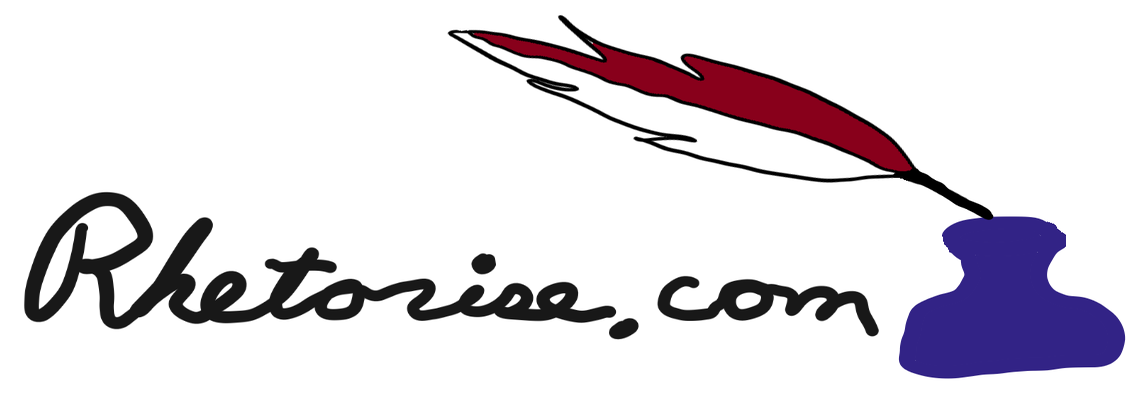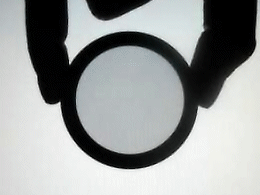How can someone that I trust, love, and respect support this person? This is the question I asked myself that inspired me to create this website. I suspect this is a question many Americans have asked themselves in recent years. Whether it is asked by a Republican supporter about a loved one who supported Hillary, or by a Democrat regarding a close friend who voted for Trump, both cases being equally likely and telling of the current state of political discourse in America. Or, should I say, two Americas? These two Americas are not the haves and have-nots many speak of or even urbanites vs. rural dwellers or conservatives vs. liberals. It is simply two teams, with two fervent fan bases, Democrats and Republicans. This sporting analogy has been used to the point of cliché, but clichés become so for a reason.
The Left vs. Right labels work better than any ideological or cultural ones. Left and right are simply opposing directions but are otherwise relative with no attachment to any particular axis. This fact making these the perfect labels as it seems that the values, ideologies, and policies of the two teams can change significantly over time, yet the players remain the same. The GOP seems to have abandoned fiscal responsibility and trust in free markets. The Democrats have found a sudden interest in states’ rights and a get tough on Russia stance. These movements seem more driven by some political calculus than any application of values or judgment. Both teams seem much more willing to want to punish misdeeds of the players of the other team than their own, just like the selective questioning of the ref’s judgment every autumn weekend. It seems both teams are leaning into this polarization resulting in more rancor, more partisanism, more stifling gridlock than I have witnessed in my two score and six years.
Now, I will invoke another well-worn cliché, that of the ‘view through the partisan lens’. I will use this analogy to optical physics to illustrate the role of the media in this political polarization. We have used the first definition of polarization to describe the separation of our electorate into two opposing camps(or poles if you will) but it is the second definition specific to wave propagation in physics that will be useful in this analogy. With this second definition, light waves become polarized when they are aligned in a specific propagation direction. We can imagine the two teams aligned to orthogonal planes, Republicans vertical and Democrats horizontal for instance through a polarizing filter developed within each individual, filtering the media they consume. Now imagine the various media producers are passing their messages through their polarizing filters that may be aligned largely to one of the two political planes. As illustrated in the image below, you can see that the light is fully transmitted when the two filters are aligned, while it is fully blocked when they are perfectly unaligned. Now, I think you can see where I am going here. The light transmission is analogous to the communication of political opinion(or even facts!). The more polarized we become, the harder it is to communicate between the two planes.
So if we agree there is a problem, and we agree that most(or at least many) people on the other side are well-meaning, trust-worthy people, what should we do? For complex problems like this, it is productive to try to identify a root cause as a hypothesis and then test its validity. Rarely, will this result directly in a complete resolution of the question, but it will certainly add understanding. Some will argue that the polarizing filters from the media may be intentional, but it does not seem that the filters we have developed within our minds were formed consciously, mine certainly wasn’t. So why are they there, and seemingly more polarized than ever?
My hypothesis: “The root of our polarized disconnect is a lack of self-awareness and critical thinking.”
Much has been made of the Dual Process Theory of Cognition, intuition(fast) and reasoning(slow). This conceptualization of human decision making is useful, and it is natural to see how in the interest of efficiency of time, we could become tempted to overuse our intuitive, fast system 1. The problem, though, is much worse than this. The powerful in our society (politicians, the media, big corporations) have exploited this theory and our predilection toward the system 1 shortcut to mold our intuitions to cause us to make irrational decisions that favor their interests over our own.
I would propose morphing the Dual Process Theory, into a 3 System + 1 Factor Cognition Process Theory. The 3+1 in this theory would correspond with the classical appeals of rhetoric: the Pathos, Ethos, Logos systems plus the Kairos factor. In this formulation, any decision a mind must make is formed by weighing emotions(Pathos), trusted notions(Ethos), and reasoning(Logos) under some time constraint(Kairos). We can rank the speed of the 3 decision systems from fastest to slowest as Pathos, Ethos, and Logos. The most urgent decisions will be dominated by Pathos, e.g. “Fight or Flight”. The decisions deemed to be most impactful will weigh Logos strongly when not overridden by urgency. Mapping this formulation to the Dual Process Theory would be roughly as follows:
- System 1 - Intuition
- Pathos
- Ethos
- Fast Kairos
- System 2 - Reasoning
- Logos
- Slow Kairos
The most intriguing part of my 3+1 construction is how the Ethos(trusted notions) system fits into our decision making. How is this Ethos constructed? Reevaluated? Weighted? These questions cannot be answered simply but it seems we build these trusted notions up from some combination of instincts, personal observations, Pathos, Logos, and bootstrapping any preexisting Ethos. It seems that these trusted notions need to be continuously vetted and reevaluated by the Logos system to avoid the build-up of bias in these trusted notions(our Ethos system). Since most reasoning we do will include a combination of inputs from this Ethos system and our observations, the more biased our Ethos system becomes, the harder it will be to identify and eliminate these biases. This notion is supported by the observation that the individuals with the most polarized opinions are also the least persuadable.
So, back to my hypothesis. Reason tells us that there is wisdom in the mean. In other words, If you find yourself holding an extreme opinion, you should feel compelled to test this trusted notion with reason and to test the other trusted notions that you built this notion upon. We all are ignorant in some ways. We also take the intuition shortcut at times when a reasoned judgment is warranted. Now, I am not saying that these judgment flaws are perfectly balanced and the ‘right answer’ is perfectly in the middle (as if such a measure could be flattened to finite dimensions and quantified). I am saying that this answer is somewhere in the middle and that compromise is both wise and necessary.
I will wrap up this post with a concrete call to action. Please try to incorporate the following three strategies into your media consumption habits:
- Consume information with a healthy skepticism
- Take time to engage your Logos system to challenge some trusted notions (the more extreme the notion, the more warranted the challenge)
- Use the ‘shoe on the other foot’ test to challenge a trusted notion
We do this in the hope that we can loosen our personal filters and open our minds to finding the elusive compromise we know is there.

